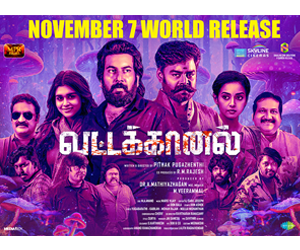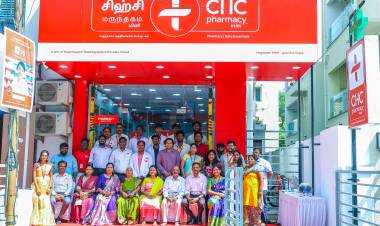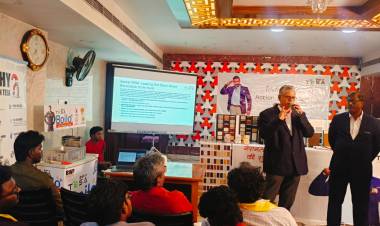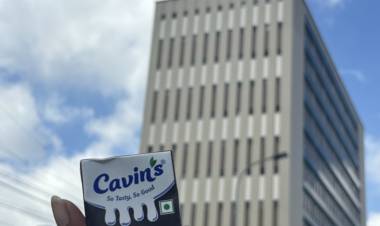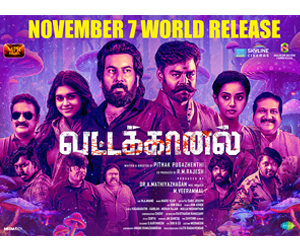LASIK is all about improved vision
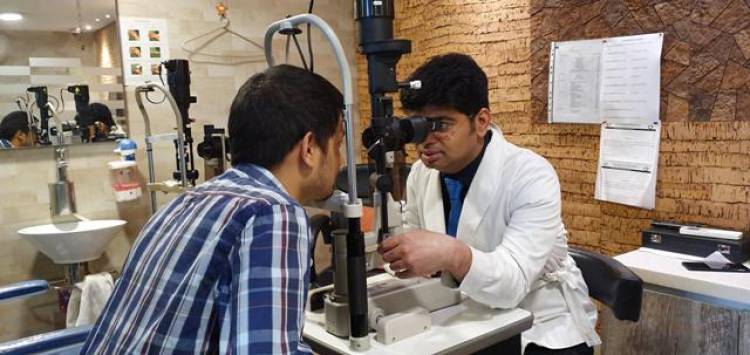
More than half of the world population doesn’t have the right vision and changing lifestyle, especially overexposure to devices that constantly emit radiations, there is a rampant growth in the number of new cases. Even small kids are forced to wear glasses; and that’s too is not a permanent solution. But, thanks to the recent developments in the field of ophthalmology and laser technology, the correction of blurred vision, be it nearsightedness (myopia), farsightedness (hyperopia) or astigmatism is no more challenge for LASIK surgeons. LASIK, which stands for “laser in-situ keratomileusis” is a proven treatment that may help to regain the ideal 6/6 vision.
LASIK in the present time is the most common laser surgery to treat refractive error problems associated with blurred vision such as myopia which is known as nearsightedness in common parlance and hyperopia (farsightedness), the opposite case of myopia. Astigmatism, which is another eyesight defect is also corrected and overcome by LASIK very successfully. LASIK provides the surgeon with more precision, accuracy, and speedy procedure by reshaping the corneal surface to correction various refractive error problems after the minimum age of 18 years.
In LASIK, the eye surgeon takes detailed measurements of one’s eye, and with the help of laser technology, reshape the curvature of the cornea. The sharp and accurate laser beam effectively removes corneal tissue and correct patient’s eye power based upon predefined program. LASIK surgery does not take more than 15 minutes and during the surgery, the patient doesn’t feel any pain or irritation. The success rate of LASIK is very high and the recovery time shorter. Usually, the patient start experiencing better vision within 24 hours of surgery.
Dr Arjun Narang added, "LASIK, or laser in-situ keratomileusis, works for people who are nearsighted, farsighted, or have astigmatism. The doctor makes a flap in the outer layer of the cornea to get to the tissue underneath. Then uses a laser to reshape the tissue underneath your cornea so it can focus light properly. The flap is what makes LASIK different from other procedures. The doctor may also use a type of computer imaging called wavefront technology to create a detailed image of your cornea that she can use as a guide. Currently most advanced treatment plan available to correct eye number is OPD CATz technology which offer sharpest quality of vision after lasik surgery. The cost of OPD CATz Lasik starts from Rs 34000 both eyes.
In general, most people who have laser-assisted in-situ keratomileusis (LASIK) eye surgery achieve 6/6 vision or better, which works well for most activities. But some are advised to use glasses during driving at night or reading books/newspapers in the advanced age.
LASIK is safe and effective, and the complications like loss of vision are almost zero or very rare. In the majority of cases, people find better vision after LASIK surgery and they feel satisfied with the results. But, a few minor side effects, particularly dry eyes and temporary blurred vision may occur with some people, but these problems don’t last for longer.




